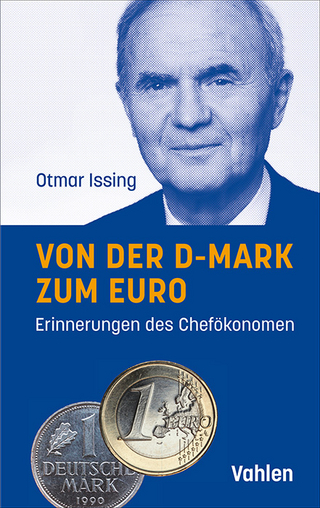
Paying with Plastic
The Digital Revolution in Buying and Borrowing
Seiten
1999
MIT Press (Verlag)
978-0-262-05062-3 (ISBN)
MIT Press (Verlag)
978-0-262-05062-3 (ISBN)
- Keine Verlagsinformationen verfügbar
- Artikel merken
Zu diesem Artikel existiert eine Nachauflage
The authors of this text provide a non-technical distillation of their years of research on the economic, technological and institutional forces that have shaped the payment card industry. They show how competition works in an industry that does not neatly fit any of the standard economic models.
Over the course of history there have been four major innovations in how people pay for things: metallic coins in ancient times, checks in the Middle Ages, paper money in modern times, and now payment cards. Since Diners Club issued its first charge cards in 1950, payment cards - credit, debit and charge cards - have revolutionized how and when we pay for goods and services. In 1998 US consumers had more than 720 million payment cards, which they could use to pay for goods and services at more than 4 million merchant locations in the United States and another 11 million in other countries. David Evans and Richard Schmalensee provide a nontechnical distillation of their years of research on the economic, technological and institutional forces that have shaped the payment card industry. They show how competition works in an industry that does not neatly fit any of the standard economic models. They describe how the entrepreneurs in this industry solved the chicken-and-egg problem: merchants will not take cards if few consumers use them, and consumers will not use cards if few merchants take them.
They also describe how the payment card companies such as MasterCard and Visa have developed complex systems for coordinating transactions among their thousands of bank members and millions of cardholders and accepting merchants. Evans and Schmalensee also describe recent developments in the industry and consider its likely evolution.
Over the course of history there have been four major innovations in how people pay for things: metallic coins in ancient times, checks in the Middle Ages, paper money in modern times, and now payment cards. Since Diners Club issued its first charge cards in 1950, payment cards - credit, debit and charge cards - have revolutionized how and when we pay for goods and services. In 1998 US consumers had more than 720 million payment cards, which they could use to pay for goods and services at more than 4 million merchant locations in the United States and another 11 million in other countries. David Evans and Richard Schmalensee provide a nontechnical distillation of their years of research on the economic, technological and institutional forces that have shaped the payment card industry. They show how competition works in an industry that does not neatly fit any of the standard economic models. They describe how the entrepreneurs in this industry solved the chicken-and-egg problem: merchants will not take cards if few consumers use them, and consumers will not use cards if few merchants take them.
They also describe how the payment card companies such as MasterCard and Visa have developed complex systems for coordinating transactions among their thousands of bank members and millions of cardholders and accepting merchants. Evans and Schmalensee also describe recent developments in the industry and consider its likely evolution.
| Erscheint lt. Verlag | 7.12.1999 |
|---|---|
| Zusatzinfo | 25 illustrations |
| Verlagsort | Cambridge, Mass. |
| Sprache | englisch |
| Maße | 158 x 235 mm |
| Gewicht | 760 g |
| Themenwelt | Betriebswirtschaft / Management ► Spezielle Betriebswirtschaftslehre ► Bankbetriebslehre |
| Wirtschaft ► Volkswirtschaftslehre ► Finanzwissenschaft | |
| ISBN-10 | 0-262-05062-5 / 0262050625 |
| ISBN-13 | 978-0-262-05062-3 / 9780262050623 |
| Zustand | Neuware |
| Informationen gemäß Produktsicherheitsverordnung (GPSR) | |
| Haben Sie eine Frage zum Produkt? |
Mehr entdecken
aus dem Bereich
aus dem Bereich
warum unser Geld stirbt und wie Sie davon profitieren
Buch | Hardcover (2024)
FinanzBuch (Verlag)
CHF 41,95
Erinnerungen des Chefökonomen
Buch | Hardcover (2024)
Vahlen (Verlag)
CHF 34,85



